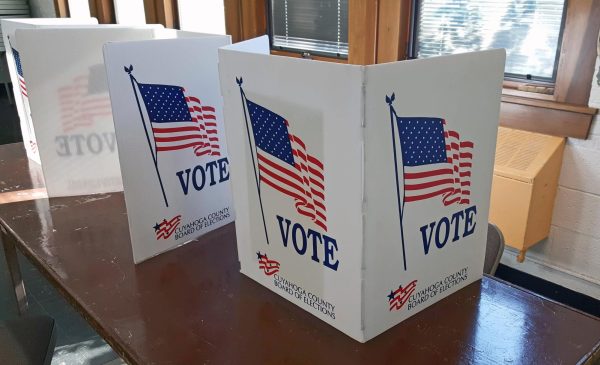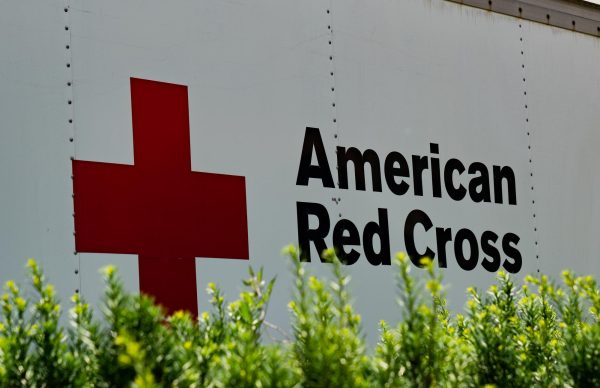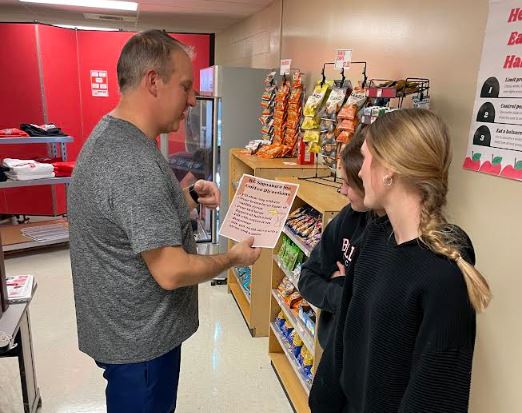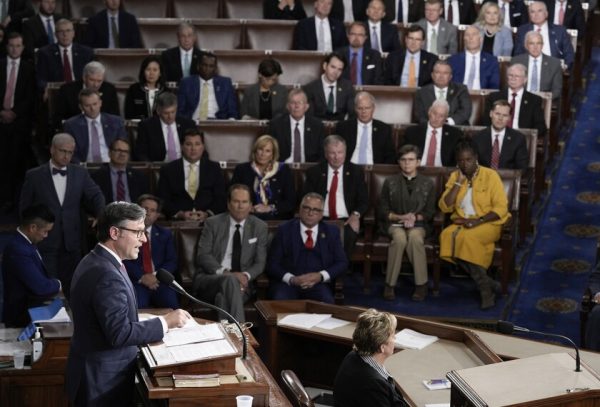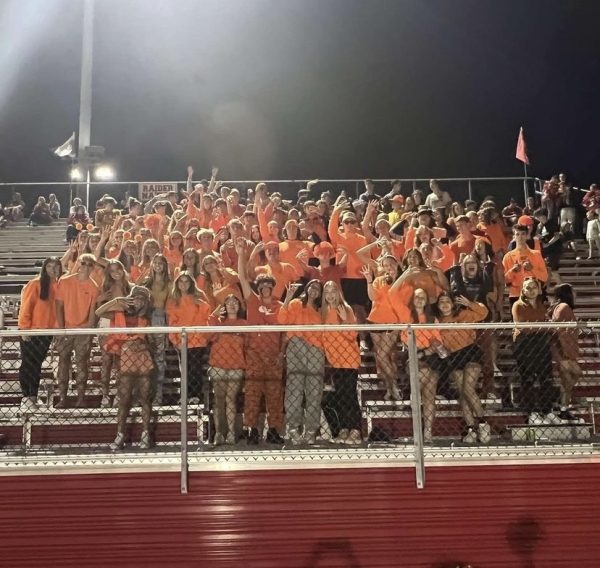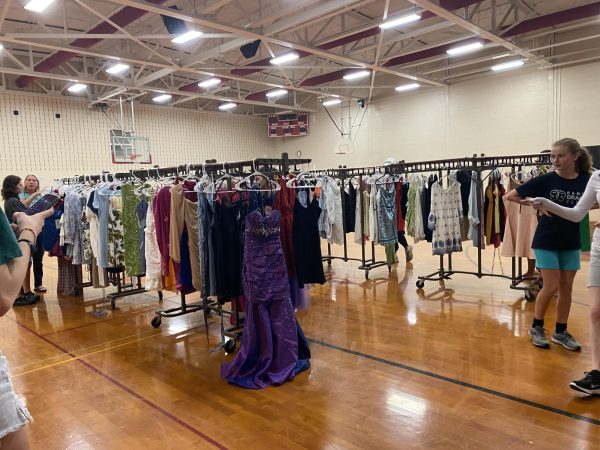COVID-19 vaccine: process and progress
December 18, 2020
In the past weeks, there have been a series of new developments in the search for a COVID-19 vaccination in the United States. As the end of the year nears, what is the tentative timeline for a vaccine approval and distribution, who will get a vaccine and when, what are the vaccine options themselves, and how do they work?
Two vaccine options are currently awaiting Food and Drug Administration (FDA) review in the following weeks. These are the Moderna and Pfizer-BioNTech vaccines. Both of these vaccines work by injecting messenger RNA (mRNA), genetic material that cells read to build proteins, into the body. This material is based on the virus’ genetic instructions, and helps the cells to develop antibodies for the virus, making it easier to defend if a person is infected with the virus after receiving a vaccine.
Both of these vaccines present challenges in that they require two doses per individual for the maximum protection, and due to the nature of their genetic makeup are very fragile, and must be kept at low temperatures. According to the New York Times, “Pfizer is building special containers with dry ice, thermal sensors and GPS trackers to ensure the vaccines can be transported at -94 degrees Fahrenheit to stay viable.”
Both vaccine options have undergone multiple stages of trial to become viable to be reviewed by the FDA. Hackensack Meridian Health describes these trials as three phases.
According to The New York Times, “Phase I – Small groups of people are given the vaccine to test for safety, early effects and dosage. Phase II – Hundreds of people with different characteristics (such as age and health status) are given the vaccine to further test for safety, effects and dosage. Phase III – Thousands of people are given the vaccine to test if it’s effective against the virus.” The New York Times also reports that in trial, the PFizer-BioNTech vaccine had a 95% efficiency rate in protection against the virus, while the Moderna vaccine had a 94.1% efficiency rate.
The FDA’s Center for Biologics Evaluation and Research’s Vaccines and Related Biological Products Advisory Committee (VRBPAC) will meet on December 10 to review and discuss the Emergency Use Authorization (EUA) of the Pfizer-BioNTech vaccine. They will meet again on December 17 to review and discuss the EUA of the Moderna vaccine. CNN reports that decisions regarding EUA may come days or weeks after these meetings.
On Wednesday, December 2, the Pfizer-BioNTech vaccination was approved for use in the United Kingdom. Distribution began nearing a week later on Tuesday, December 8. This presents a new level of observation of the vaccination, out of trial for the first time.
What will be the tentative process and timeline regarding distribution following approval of a vaccine? On Tuesday, December 1 the US Centers for Disease Control and Prevention’s Advisory Committee for Immunization Practices met to vote on who should be the first to get vaccinated. CNN reports that the committee “voted to recommend that 21 million frontline health care workers and support staff and 3 million residents of long-term care facilities who have been hardest hit by the pandemic be in the first group.”
If either vaccine is approved, Operation Warp Speed promises that distribution will begin within 24 hours following approval, according to CNN. Between these two companies, they plan to make 40 million doses of the vaccination by the end of the year. This could mean 40 million individuals are given one dose and will await their second in the new year, that 20 million can receive a full dose, or some combination of these possibilities. If a vaccine is approved in the following weeks, “healthy adults under the age of 65 and children may well have to wait until late spring or even the summer, depending on how many vaccines get approved, how quickly they can be manufactured and distributed, and how the debate goes over allocation,” CNN said.
The government has assured the public that vaccinations will have no cost to the American people, but approval and distribution are, and will continue to be, an ongoing process. Following the approval of a vaccine, it is also necessary to be aware that other precautions will not stop immediately, and are still very important to the health of the public and the effectiveness of a vaccine.
UPDATE, 12/15/20:
On December 10, the FDA’s Center for Biologics Evaluation and Research’s Vaccines and Related Biological Products Advisory Committee (VRBPAC) met to discuss the Emergency Use Authorization of the Pfizer-BioNTech vaccine. On December 11, the first EUA concerning the vaccine was issued “for a vaccine for the prevention of coronavirus disease 2019 (COVID-19) caused by severe acute respiratory syndrome coronavirus 2 (SARS-CoV-2) in individuals 16 years of age and older,” according to US Food and Drug Administration. And, on Monday, December 14, as the United States coronavirus death toll surpassed 300,000, the first official distribution of a COVID-19 vaccine to United States citizens began. These first vaccinations are being given to healthcare workers. “Nearly 3 million doses of the Pfizer-BioNTech vaccine are arriving at 636 locations in the next several days. Federal officials said they expect 20 million people to get the first of two required doses by the end of the year,” according to the Washington Post.



